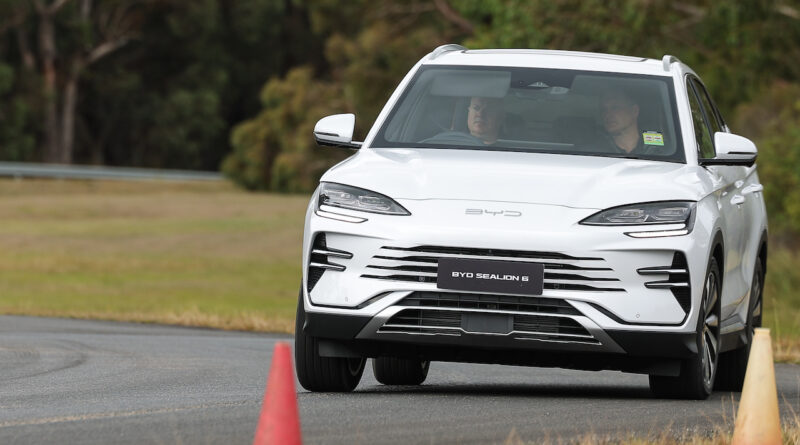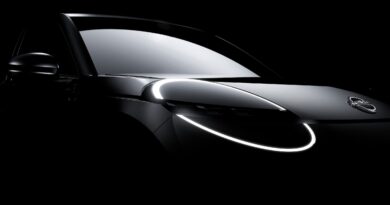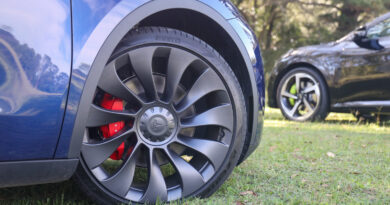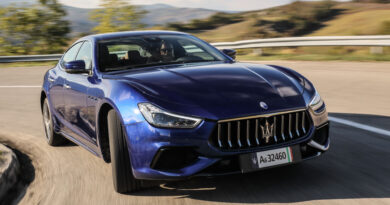Emissions gamble: Why electric car-maker BYD is adding ICE in Australia with the 2024 BYD Sealion 6
The expansion by BYD in Australia from pure electric vehicles into CO2-emitting internal combustion engined plug-ins led by the Sealion 6 SUV will not trigger a major backlash from the Chinese company’s growing band of existing EV owners or put off potential EV buyers.
That’s the belief of David Smitherman, CEO of Australian BYD distributor EVDirect, who is presiding over the local launch of the petrol-electric Sealion 6 at a function in Melbourne tonight.
“I don’t expect that [negative response],” he told EV Central.
“The passion of the BYD owners is immense,” he added. “The passion they have is amazing. Their support and love for the brand is really quite significant.
READ MORE: Beijing show: Stunning BYD Ocean-M is a rear-drive electric hot hatch based on an all-new platform
READ MORE: Wanted for Australia! New BYD super-brand Leopard shows off 4×4 and supercar concepts
READ MORE: Bigger, better, cheaper? The all-new BYD Sea Lion 07 will be hunting the Tesla Model Y in Australia
“I think this is our natural evolution as a business and if I look at where the market opportunity is I see us getting significant growth and awareness by jumping into the super-hybrid.”
Competing in the medium SUV segment, which is number one in Australia and worth more than 250,000 sales per annum (268,480 in 2023) the Sealion 6 – until recently known as the Seal U – is forecast to become BYD’s biggest seller in Australia.
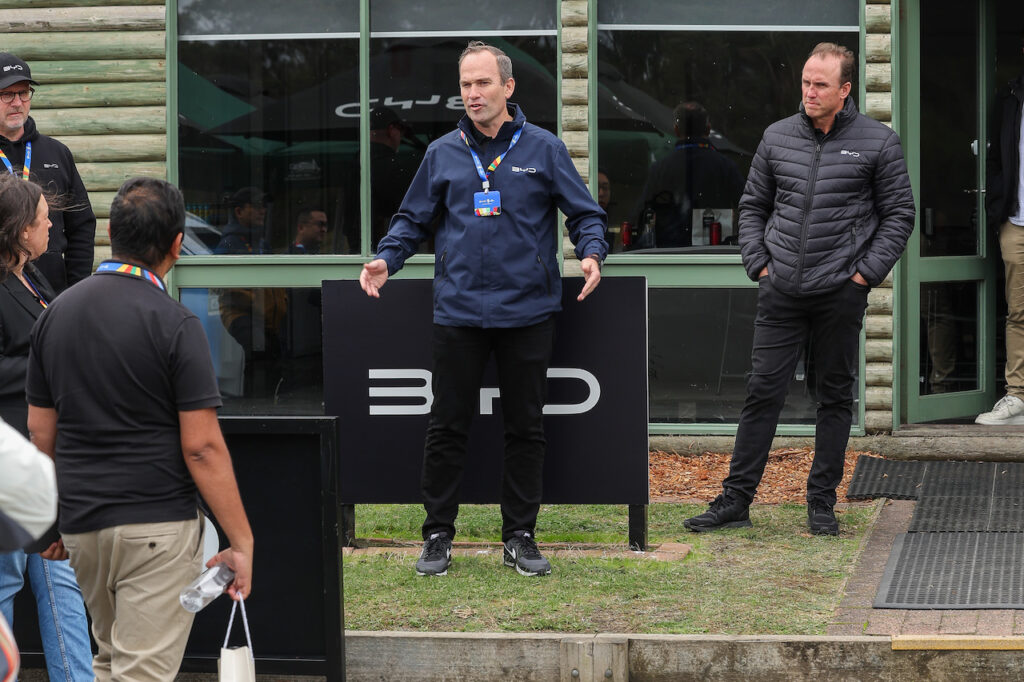
“This is the vehicle that we think will be our number one seller,” confirmed Smitherman. “We are looking for volume absolutely.”
It will be critical to EVDirect’s staggering triple-double sales growth objectives in Australia that will be driven by up to five new model launches per annum.
There are two Sealion 6 models in Australia, the $48,990 Dynamic and $52,990 Premium (both prices plus on-road costs), employing different versions of the BYD fourth-generation DM-i (Dual Motor intelligence) hybrid system.
They claim 1.1L/100km and 1.4L/100km official fuel consumption numbers and CO2 emissions of 24g/km and 32g/km respectively.
Zero emissions electric-only range is claimed to be 92km in the front-wheel drive Dynamic and 81km in the all-wheel drive Premium.
“What’s important is our vehicle is electric first,” insisted Smitherman. “Yes it has a 1.5-litre engine in it, but it is electric-first.

“The average Australian drives 33km per day and they can by and large drive in EV mode,” he said.
“But what the super-hybrid gives is the person who has a longer commute or drives a longer distance … it allows them to get an EV.
“So I think it’s actually quite a positive, because we are getting people who want an EV but have other needs and wants. So this will allow them to get into it.
“I think this will also be an opportunity for Australia until our infrastructure is set to get more new energy vehicles on the road.”
Smitherman also made the point that while BYD launched in 2022 with the Atto 3 as an EV brand in Australia and has since added the Dolphin and Seal electric cars, it has always had ICE in its portfolio internationally.
“We have never positioned ourselves as EV only. It [Sealion 6] is still part of the sustainable trend because the super-hybrid is a low emissions vehicle and it is super-efficient.”
The Sealion 6 will be the first of multiple PHEVs BYD will launch in Australia. The next is expected to be the Shark ute revealed this week in Mexico.
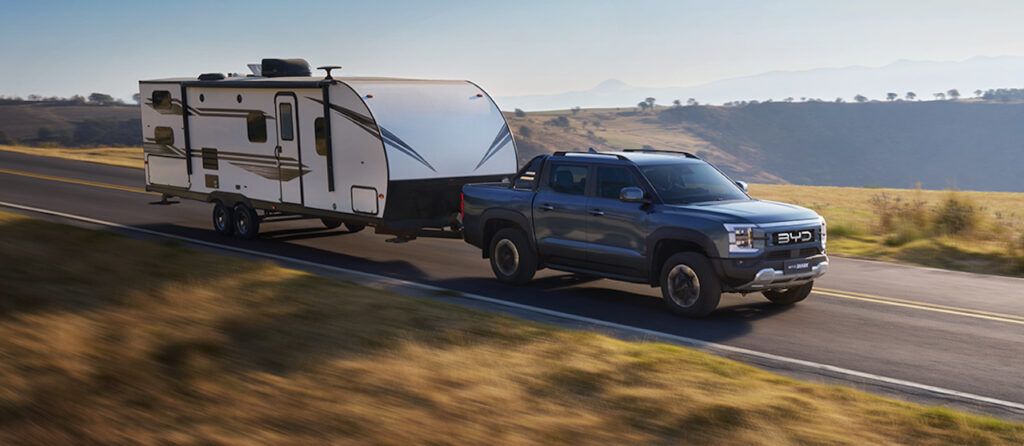
It should arrive here around the end of the year and will be the first PHEV ute sold in Australia.
“We have to get more product and that product has got to be in both EV and PHEV,” said Smitherman.
“So nothing is ruled out.”
Smitherman conceded a challenge for BYD would be popularising PHEVs. Electrified vehicle buyers in Australia are mostly opting for plugless hybrids (which run purely on petrol) or battery electric vehicles and giving the plug-ins a miss.
To the end of April 2024, 36,332 hybrid SUVs have been sold and 17,474 BEV SUVs in Australia. PHEV SUVs account for just 4430 sales.
“The key thing there is education,” he said. “We need to educate people why this [PHEV] vehicle is going to be fit for people and I think that comes back to how the vehicle is used.
“And if I come back to my earlier comment that the average person uses a vehicle for 33km per day, well that means that person who perhaps isn’t ready for that big jump from an ICE vehicle they can get into this as an intermediate step.
“I feel as though there is – dare I say it – quite a psychological behavioural issue around this change to EV vehicles and maybe for generations we have been driving ICE vehicles and all of a sudden we have got to make this gigantic leap.
“I think what the super-hybrid represents is an opportunity for some people to make that first initial step.
“But they are still driving an EV. It is electric first and that is what we want to get across.”
Watch out for our first drive review of the BYD Sealion 6 on Sunday May 19.

